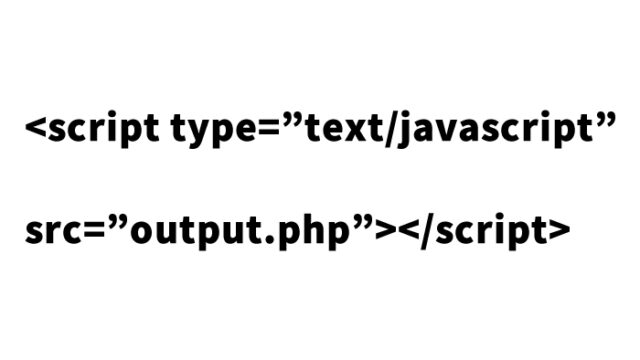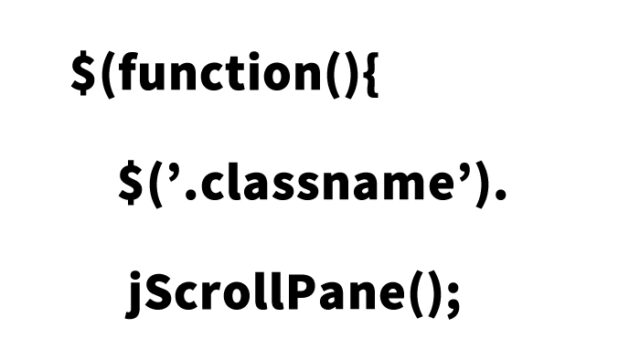Web Page Optimization: Techniques for Executing JavaScript After Images Fully Load

There are many situations where you may want to execute JavaScript after the images on a webpage have fully loaded. This technique is particularly useful when optimizing the performance and user experience of a webpage. In this article, we will explain in detail how to execute JavaScript after the images on a webpage have finished loading.
How to Execute JavaScript After Images Have Loaded
First, let’s look at the specific method for writing JavaScript. To use this method, you need to include the jQuery file in advance.
Basic Code Structure
Below is an example of basic code for executing JavaScript after images have loaded.
$(function() {
$("#tagIDContainingImages img").imagesLoaded(function(){
processAfterImagesLoad();
});
});
In this code, the function `imagesLoaded` is used. This function executes specific processing after the images have finished loading.
Definition of the imagesLoaded Function
Below is the detailed definition of the `imagesLoaded` function.
$.fn.imagesLoaded = function(callback){
var elems = this.filter('img'),
len = elems.length,
blank = "data:image/gif;base64,R0lGODlhAQABAIAAAAAAAP///ywAAAAAAQABAAACAUwAOw==";
elems.bind('load.imgloaded',function(){
if (--len <= 0 && this.src !== blank){
elems.unbind('load.imgloaded');
callback.call(elems,this);
}
}).each(function(){
// cached images don’t fire load sometimes, so we reset src.
if (this.complete || this.complete === undefined){
var src = this.src;
this.src = blank;
this.src = src;
}
});
return this;
};
This function checks whether all images on the page have been loaded and executes the specified callback function after all images have finished loading.
Source: imagesLoaded() jQuery Plugin
As a source for this method, there is a jQuery plugin called `imagesLoaded()`. This plugin is detailed at the following link.
Source: imagesLoaded() jQuery Plugin
Conclusion
Processing after image loading on a webpage is directly related to the display speed and user experience of the page. By using the method introduced in this article, you can accurately execute JavaScript processing after the images have finished loading. Utilize this technique to create more user-friendly webpages.
This was an explanation of how to execute JavaScript after images have loaded on a webpage. By incorporating this technique, you can improve the performance and user experience of your webpage.
※ Please use this technique at your own risk.





